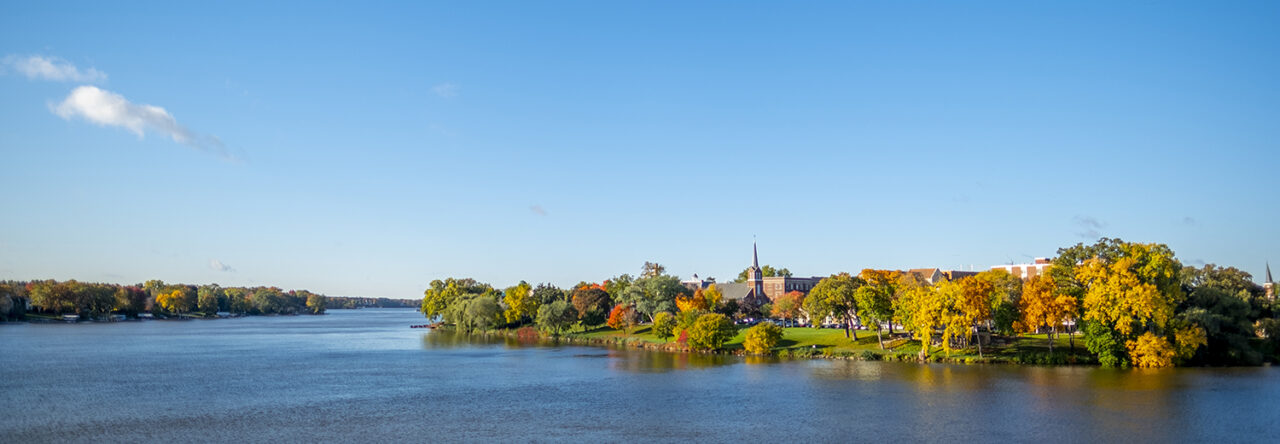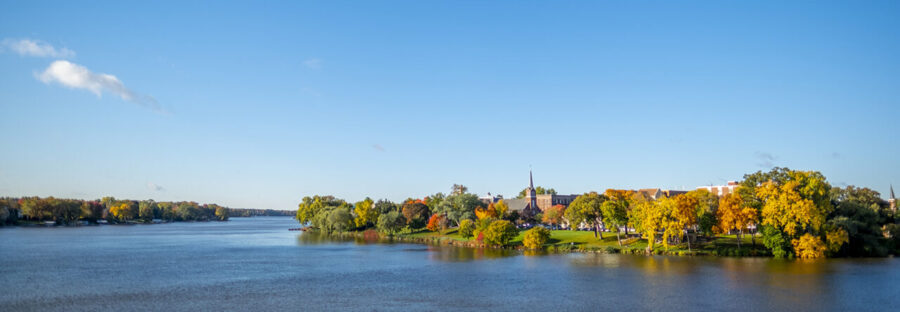Our interviews give us a great insight on the perspective of an impactful teacher. These interviews gave great advice on specific topics and here is what I learned from the two interviews.
The most important thing is to be personable. What I mean by this is that everything is not just math, german, or history class. Sometimes the kids you are teaching need some time, and sometimes you may need time too. It is okay to give them a break from math and it is okay for the teacher to have a small break as well.
Another thing I have learned from these interviews is that the connection you get with some of your students is something that will never go away. These are your students for the rest of your life, and even if you dont recognize them after they have been out of your class for a while, the impact you made on them will allow them to recognize you for the rest of their life.
The final and one of my favorite things I learned form these interviews is that you are going to mess up, and that is okay. You will be able to lean on the people around you when you need it. Along with this, sometimes people will have to lean on you. The most important thing is that you do not give up because there are other people relying on you. It is bigger than just yourself, it is all of the students that need you.

